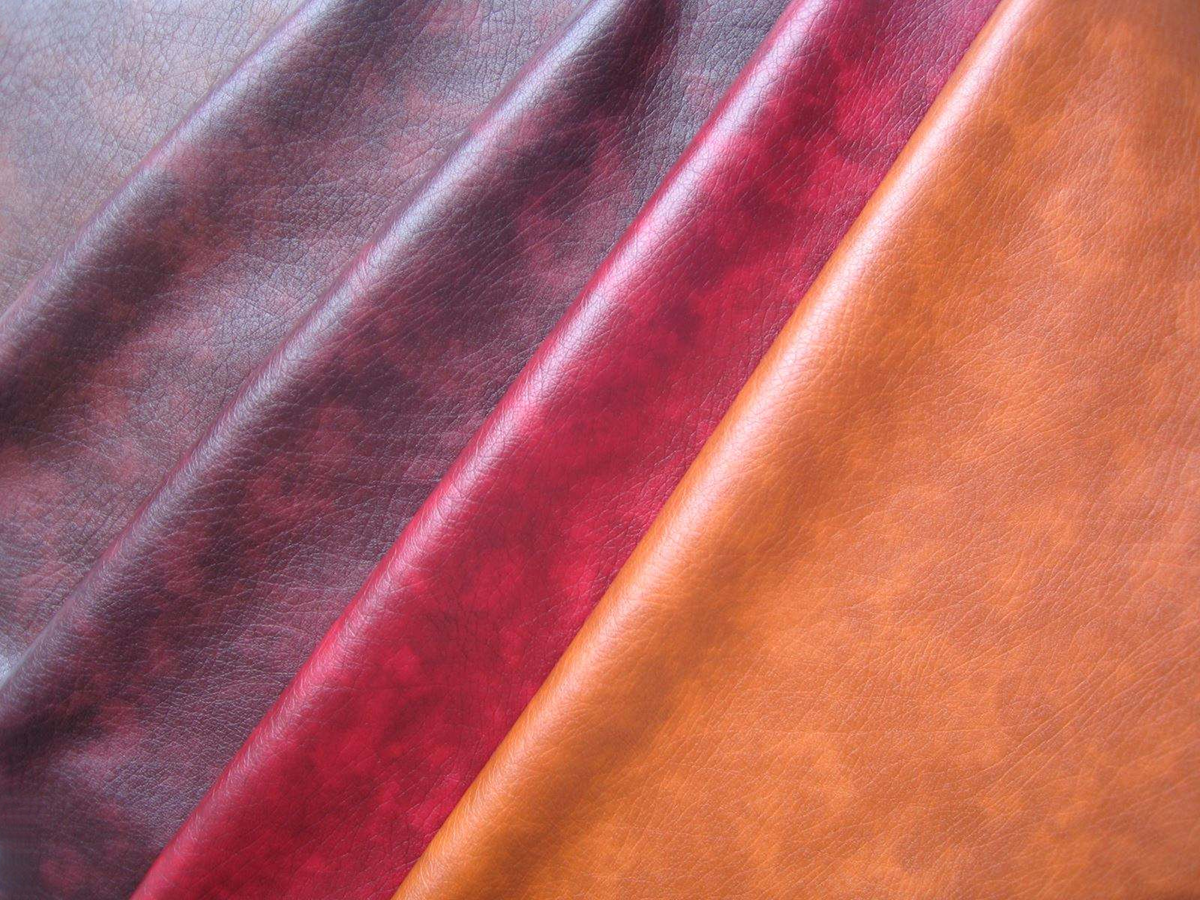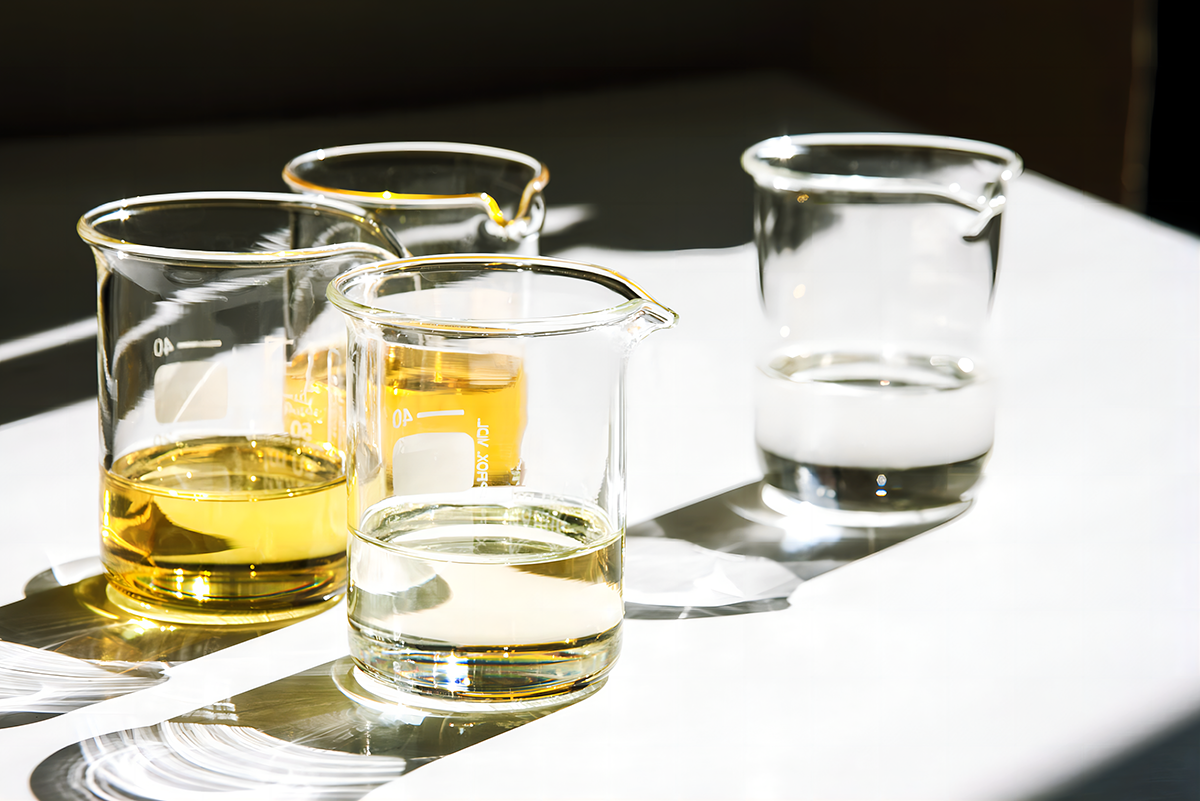Artificial leather (or synthetic leather) has become a staple in industries from fashion to automotive, thanks to its durability, affordability, and versatility. For PVC-based artificial leather producers, however, one component often stands between smooth production and costly headaches: PVC stabilizers. These additives are critical for preventing PVC degradation during high-temperature processing (like calendering or coating), but choosing the wrong stabilizer—or mismanaging its use—can lead to quality failures, regulatory fines, and lost profits.
Let’s break down the top pain points PVC artificial leather manufacturers face with stabilizers, and practical solutions to fix them.
Pain Point 1: Poor Thermal Stability = Wasted Materials & Rejects
The biggest frustration? PVC degrades easily when heated above 160°C—exactly the temperature range used to bond PVC resins with plasticizers and form artificial leather. Without effective stabilization, the material turns yellow, develops cracks, or emits toxic fumes (like hydrochloric acid). This leads to:
• High scrap rates (up to 15% in some factories).
• Rework costs for defective batches.
• Delays in meeting customer orders.
Solution: Switch to High-Efficiency Composite Stabilizers
Traditional single-component stabilizers (e.g., basic lead salts) often fall short in prolonged heat exposure. Instead, opt for calcium-zinc (Ca-Zn) composite stabilizers or organotin stabilizers—both designed for PVC artificial leather’s unique processing needs:
• Ca-Zn blends offer excellent thermal stability (withstanding 180–200°C for 30+ minutes) and are compatible with softeners used in flexible artificial leather.
• Organotin stabilizers (e.g., methyltin) deliver superior transparency and color retention—ideal for high-end artificial leather (e.g., vegan fashion, luxury upholstery).
• Pro Tip: Pair stabilizers with co-additives like antioxidants or UV absorbers to extend thermal resistance further.
Pain Point 2: Environmental & Regulatory Non-Compliance
Global regulations (EU REACH, US CPSC, China’s GB Standards) are cracking down on toxic stabilizers—especially lead, cadmium, and mercury-based options. Many manufacturers still rely on cheap lead salts, only to face:
• Import bans on finished goods.
• Hefty fines for non-compliance.
• Damage to brand reputation (consumers demand “green” synthetic leather).
Solution: Adopt Eco-Friendly, Regulatory-Compliant Stabilizers
Ditch toxic heavy metals for lead-free, cadmium-free alternatives that meet global standards:
• Ca-Zn stabilizers: Fully compliant with REACH and RoHS, making them ideal for export-focused manufacturers.
• Rare earth stabilizers: A newer option that combines thermal stability with low toxicity—great for eco-labeled artificial leather lines.
• Audit your supply chain: Work with stabilizer suppliers who provide third-party compliance certificates (e.g., SGS, Intertek) to avoid hidden toxins.
Pain Point 3: Inconsistent Softness & Durability
Artificial leather’s appeal hinges on tactile quality—too stiff, and it fails for upholstery; too fragile, and it tears in footwear. Stabilizers directly impact this: low-quality options can react with plasticizers, reducing flexibility or causing the material to harden over time.
Solution: Tailor Stabilizers to End-Use Requirements
Not all artificial leather is the same—so your stabilizer shouldn’t be either. Customize your formulation based on the product:
• For soft applications (e.g., gloves, bags): Use liquid Ca-Zn stabilizers, which mix evenly with plasticizers to maintain flexibility.
• For heavy-duty use (e.g., automotive seats, industrial belts): Add barium-zinc (Ba-Zn) stabilizers with epoxidized soybean oil (ESBO) to boost tear resistance.
• Test small batches first: Run trials with different stabilizer concentrations (typically 1–3% of PVC resin weight) to find the sweet spot between softness and stability.
Pain Point 4: Rising Costs of Stabilizer Raw Materials
In 2024–2025, prices for key stabilizer ingredients (e.g., zinc oxide, organic tin compounds) have spiked due to supply chain shortages. This squeezes profit margins for low-margin artificial leather producers.
Solution: Optimize Dosage & Explore Recycled Blends
• Use a “minimum effective dose”: Overusing stabilizers wastes money without improving performance. Work with lab technicians to test the lowest stabilizer percentage (often 0.8–2%) that meets quality standards.
• Mix recycled stabilizers: For non-premium artificial leather (e.g., packaging, low-cost footwear), blend 20–30% recycled Ca-Zn stabilizers with virgin ones—this cuts costs by 10–15% without sacrificing stability.
• Lock in long-term supplier contracts: Negotiate fixed prices with trusted stabilizer manufacturers to avoid price volatility.
Stabilizers = Production Lifeline
For PVC artificial leather producers, choosing the right stabilizer isn’t just an afterthought—it’s a strategic decision that impacts quality, compliance, and profitability. By ditching outdated, toxic options for high-efficiency, eco-friendly composites, and tailoring formulations to end uses, you can reduce waste, avoid regulatory risks, and deliver products that stand out in a competitive market.
Ready to upgrade your stabilizer strategy? Start with a batch test of Ca-Zn or organotin composites—your scrap bin (and bottom line) will thank you.
Post time: Oct-29-2025



